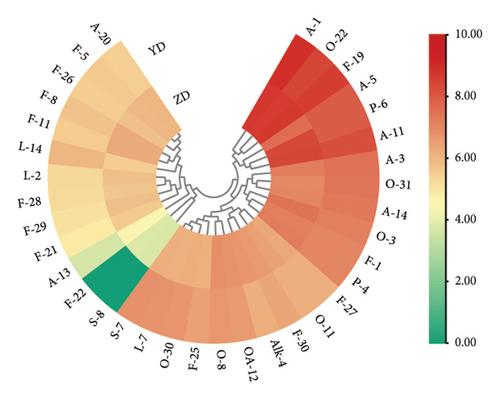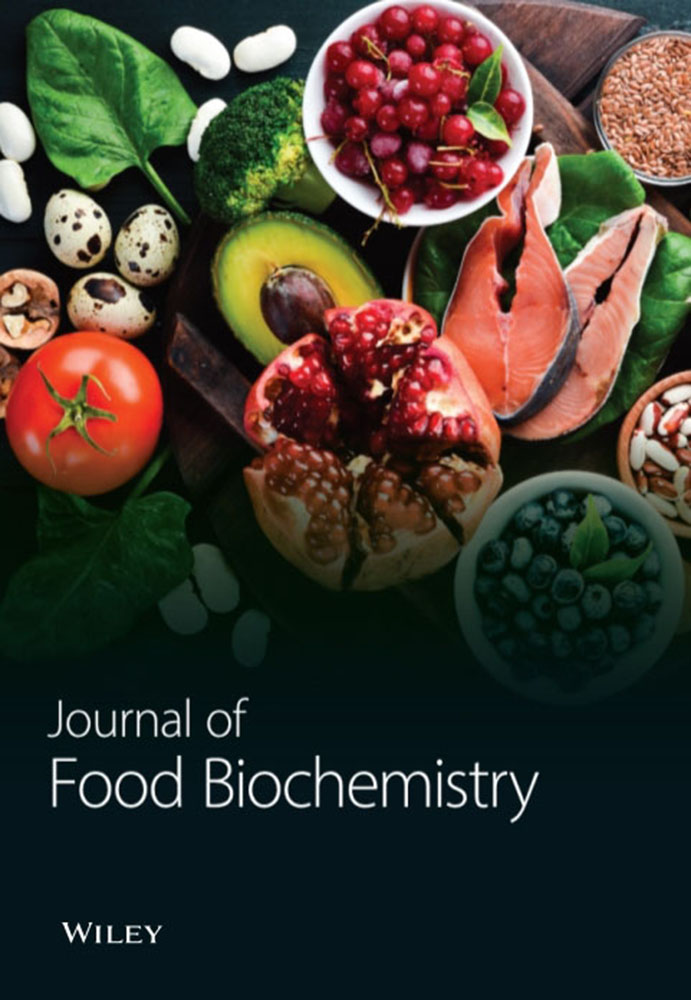Metabolomic Analysis of Nonvolatile Substances in Yingde Black Tea (Camellia sinensis) from Different Regions at Various Processing Stages
Abstract
The influence of origin on tea quality has been understudied. Little research has compared metabolites during tea processing from different origins. This study aims to address this gap by using nontargeted metabolomics to examine the differential metabolites present in Yingde black tea from various origins at different processing stages. Nontargeted metabolomics was employed to compare the differential metabolites present in fresh tea leaves, withered leaves, rolled leaves, fermented leaves, and processed tea from various origins. The study revealed significant differences in the metabolites present at each processing stage. Despite using identical processing techniques, the quality of finished teas from different regions was found to vary through sensory evaluation. The study found that taste differences between regions were primarily influenced by flavonoids and amino acids. The relative taste activity value (RTAV) approach was used to identify key contributors to taste differences and regulation. The quality of fresh tea leaves was found to be the main determinant of the taste of black tea from various regions. To reduce these differences, the same processing techniques were employed. These findings enhance our understanding of quality variations in dried tea from different origins and contribute to the theoretical foundation of tea processing.


 求助内容:
求助内容: 应助结果提醒方式:
应助结果提醒方式:


